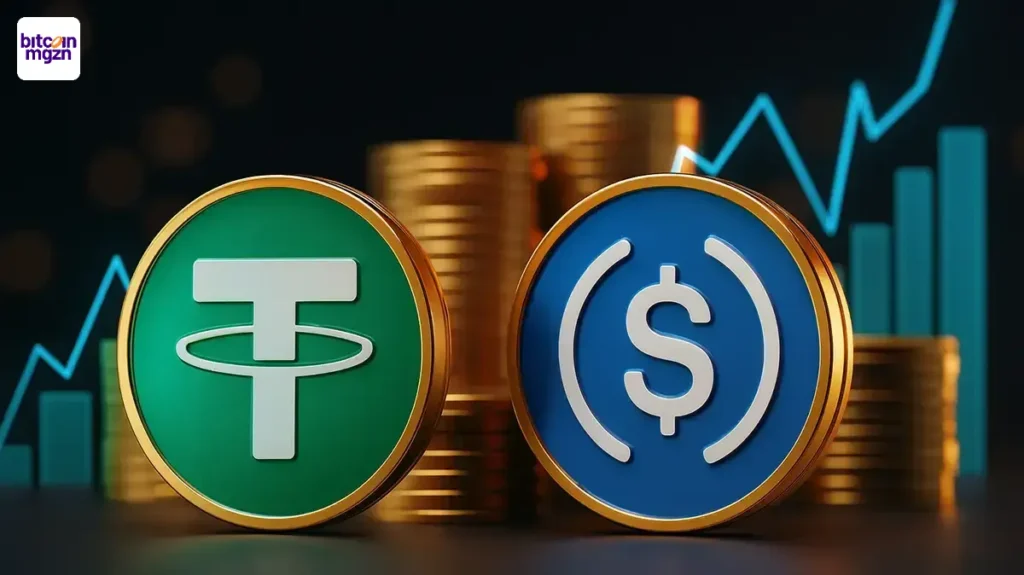European Union Expands Sanctions to Include Russian Crypto Platforms
TLDR
- The EU’s 19th sanctions package targets Russian crypto platforms and financial loopholes.
- The package includes a ban on Russian LNG imports and crypto transactions.
- EU aims to counteract Russia’s crypto evasion tactics used in sanctions circumvention.
- The sanctions are part of Europe’s ongoing efforts to pressure Russia amid the war in Ukraine.
The European Union has introduced a groundbreaking measure in its latest round of sanctions targeting Russia. For the first time, crypto platforms have been included in the sanctions, aiming to block Russian crypto transactions. The new sanctions, part of the EU’s 19th package, seek to close financial loopholes that Russia has used to circumvent existing sanctions. European Commission President Ursula von der Leyen announced the move, calling it a necessary step to stay ahead of increasingly sophisticated evasion tactics.
The EU’s decision to target cryptocurrency platforms marks a significant shift in how digital assets are viewed in the context of international sanctions. Historically, cryptocurrency has been used to bypass traditional financial systems, and this move addresses growing concerns about the role of digital currencies in facilitating illegal transactions.
Details of the New Sanctions Package
The sanctions, which require approval from all 27 EU member states, will not only affect cryptocurrency platforms but also extend to foreign banks involved in Russia’s alternative payment systems. These measures aim to block financial transactions that bypass the SWIFT system, which Russia has been using for alternative payments.
The sanctions package also includes restrictions on transactions with entities operating in Russian special economic zones.
“The new sanctions aim to adapt to the evolving tactics of sanctions evasion,” said von der Leyen. “As evasion tactics grow more sophisticated, our sanctions will evolve to counter them.” This proactive approach underscores the EU’s commitment to tightening economic pressure on Russia, especially as Russia’s missile and drone attacks on Ukraine escalate.
Russia’s Use of Cryptocurrency for Sanctions Evasion
Reports have indicated that Russian entities have increasingly turned to cryptocurrency to evade sanctions. According to Reuters, Russian oil companies have used Bitcoin and Tether (USDT) to conduct tens of millions of dollars in transactions each month, circumventing traditional financial channels.
These new sanctions target such activities by preventing Russian residents from using crypto platforms to transfer assets.
In addition to the crypto-related sanctions, the package also seeks to impose restrictions on Russian banks and entities tied to the country’s alternative payment systems, which have allowed Russia to bypass traditional financial barriers. These moves come as Russia continues its aggressive tactics in Ukraine, including the use of drones and missiles, which have further fueled the EU’s resolve to intensify its economic pressure.
Broader Impact on EU-Russia Relations
This round of sanctions reflects the EU’s ongoing strategy to isolate Russia economically. It coincides with the EU’s plans to phase out Russian liquefied natural gas (LNG) imports by January 2027, accelerating the bloc’s efforts to reduce its reliance on Russian energy. Von der Leyen emphasized that the EU’s energy imports from Russia had already significantly decreased, and further steps are being taken to eliminate Russian fossil fuel imports.
The EU’s sanctions against crypto platforms are a critical part of these broader efforts to weaken Russia’s financial position.
By targeting digital assets, the EU is addressing a growing vulnerability in the global financial system. The sanctions are not only a response to Russia’s actions in Ukraine but also a preventive measure to ensure that the global financial system remains secure and resilient against illicit activities involving cryptocurrencies.
The post European Union Expands Sanctions to Include Russian Crypto Platforms appeared first on CoinCentral.
Vous aimerez peut-être aussi

BlackRock Increases U.S. Stock Exposure Amid AI Surge

Boerse Stuttgart Digital’s Strategic Expansion: Unlocking New Horizons in Spain
